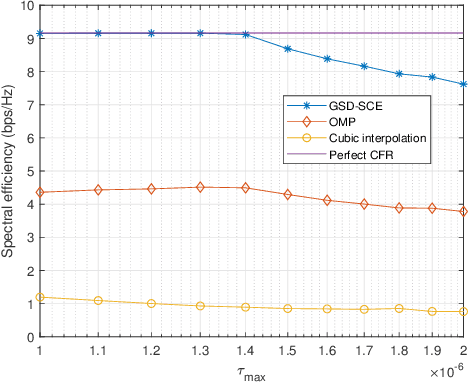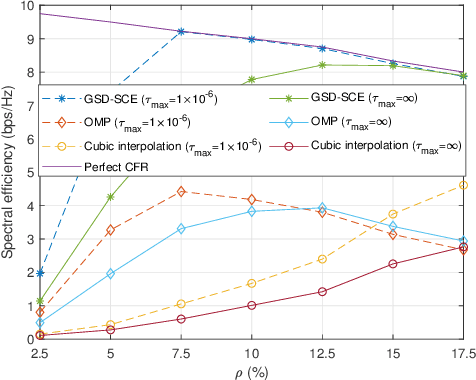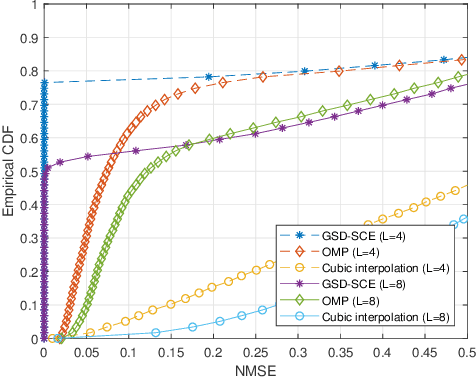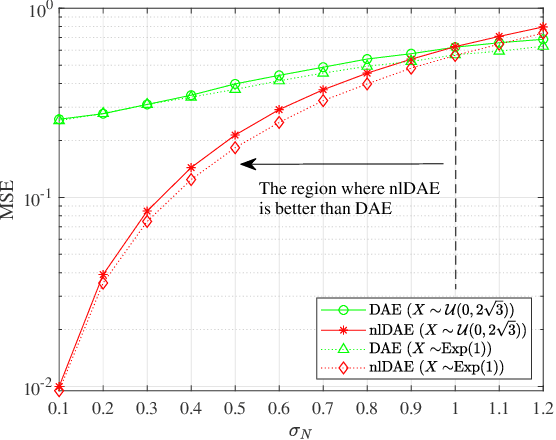Woong-Hee Lee
Near-Field SWIPT with gMIMO in the Upper Mid-Band: Opportunities, Challenges, and the Way Forward
Jun 18, 2025Abstract:This paper explores the integration of simultaneous wireless information and power transfer (SWIPT) with gigantic multiple-input multiple-output (gMIMO) technology operating in the upper mid-band frequency range (7-24 GHz). The near-field propagation achieved by gMIMO introduces unique opportunities for energy-efficient, high-capacity communication systems that cater to the demands of 6G wireless networks. Exploiting spherical wave propagation, near-field SWIPT with gMIMO enables precise energy and data delivery, enhancing spectral efficiency through beamfocusing and massive spatial multiplexing. This paper discusses theoretical principles, design challenges, and enabling solutions, including advanced channel estimation techniques, precoding strategies, and dynamic array configurations such as sparse and modular arrays. Through analytical insights and a case study, this paper demonstrates the feasibility of achieving optimized energy harvesting and data throughput in dense and dynamic environments. These findings contribute to advancing energy-autonomous Internet-of-Everything (IoE) deployments, smart factory networks, and other energy-autonomous applications aligned with the goals of next-generation wireless technologies.
Sparse Channel Estimation in Wideband Systems with Geometric Sequence Decomposition
Apr 09, 2021


Abstract:The sparsity of multipaths in wideband channel has motivated the use of compressed sensing for channel estimation. In this letter, we propose an entirely different approach to sparse channel estimation. We exploit the fact that $L$ taps of channel impulse response in time domain constitute a non-orthogonal superposition of $L$ geometric sequences in frequency domain. This converts the channel estimation problem into the extraction of the parameters of geometric sequences. Notably, the proposed scheme achieves the error-free estimation of the whole bandwidth with a few pilot symbols if the excess delay is bounded to a certain value.
Noise Learning Based Denoising Autoencoder
Jan 20, 2021



Abstract:This letter introduces a new denoiser that modifies the structure of denoising autoencoder (DAE), namely noise learning based DAE (nlDAE). The proposed nlDAE learns the noise instead of the original data. Then, the denoising is performed by subtracting the regenerated noise from the noisy input. Hence, nlDAE is more effective than DAE when the noise is simpler to regenerate than the original data. To validate the performance of nlDAE, we provide two case studies: symbol demodulation and precise localization. Numerical results suggest that nlDAE requires smaller latent space dimension and less training dataset compared to DAE.
 Add to Chrome
Add to Chrome Add to Firefox
Add to Firefox Add to Edge
Add to Edge